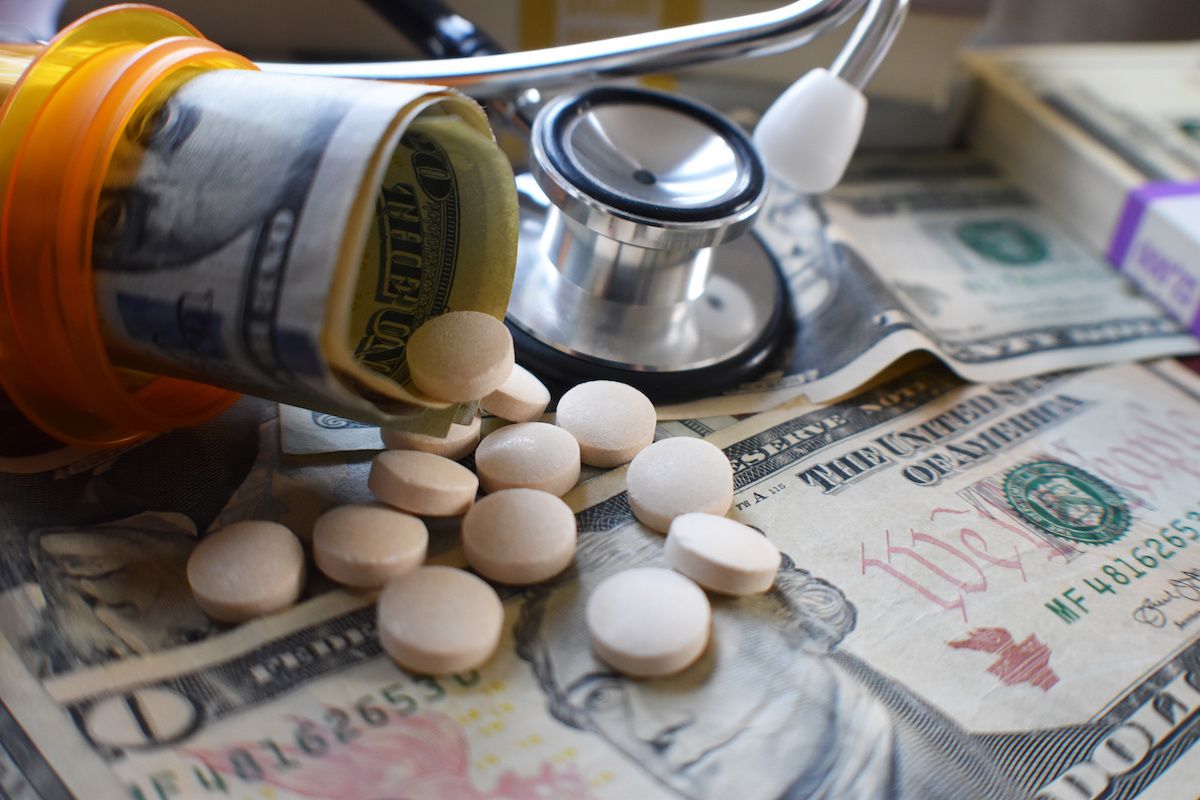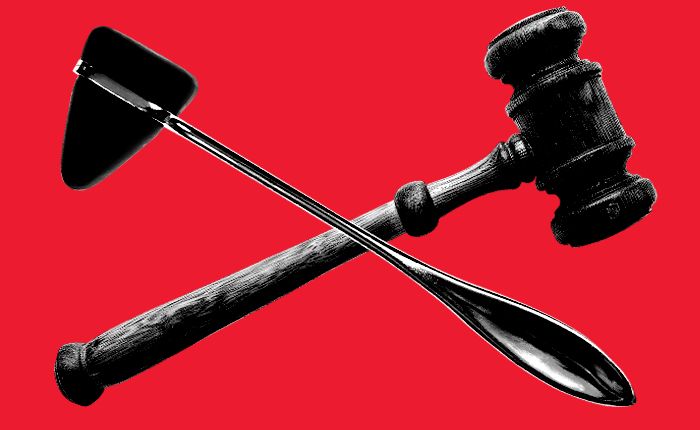Article
Inflation slows down, health care prices remain flat from May to June
Author(s):
Gas costs go down as food prices rise from June 2022.
© darren415 - stock.adobe.com

Medical care services prices were flat in June as overall inflation nudged upward 0.2% month to month.
Year on year, prices were up 3% overall, according to the June Consumer Price Index Summary published July 12 by the U.S. Bureau of Labor Statistics.
From May to June, shelter and car insurance pushed up the price index, while food and gas prices had slight changes. Overall, food prices were up 5.7% from a year ago, while gas prices dropped by 26.5% and fuel oil costs tumbled by 36.6%.
“The index for all items less food and energy rose 0.2% in June, the smallest one-month
increase in that index since August 2021,” the BLS report said. “Indexes which increased in June include shelter, motor vehicle insurance, apparel, recreation, and personal care. The indexes for airline fares, communication, used cars and trucks, and household furnishings and operations were among those that decreased over the month.”
Medical costs
Overall medical care services prices were flat from May to June, after slight decreases of 0.1% the two months before. Physicians’ services rose 0.7% in June, after a decrease of 0.5% in May and being flat in April.
Hospital inpatient service prices rose by 0.1% in June, while outpatient services rose by 0.8% for the month. Other categories, such as dental services, eyeglasses and eye care, and nursing homes and adult day services, generally were flat with rises or falls of 1% or less.
Medical care commodities overall were flat, with a monthly price bump of 0.2%, matching the price difference from June 2022 to June 2023. Prescription drug and medical equipment and supply prices were flat month-to-month; they had year-to-year price hikes of 3.1% and 9.7%, respectively.
Insurance prices
In the health care sector, unadjusted health insurance costs were down 24.9% from June 2022 to June 2023. Apart from food and gas costs, it was one of the largest changes in prices from a year ago, among the detailed expenditure categories for urban consumers. June was the third month of declines in health insurance costs, with prices dropping 3.6% last month, after slips of -3.7% in May and -3.8% in April.
Health and the economy
Since the COVID-19 pandemic, inflation has become a dinner-table conversation for millions of Americans, and there has been analysis about how general price increases will affect physicians, the health care sector, and patients.
Last month, a report by the Health Research Institute, an arm of the accounting and management consulting firm PwC, forecasted a 7% increase in patient treatment costs for 2024. That figure was based on general inflation driving up labor costs and price increases for pharmaceuticals.
The health insurance cost index “measures retained earnings of health insurers – it is not a reflection of the premiums they set,” said “How does medical inflation compare to inflation in the rest of the economy?” a report by the Peterson-KFF Health System Tracker published in March. That report noted the health insurance inflation index fell from a record annual increase of 28.2% in September 2022 to a decrease of 4.7% in February.
But those figures are “at least one-year lagged,” not representing current prices, according to Peterson-KFF.





